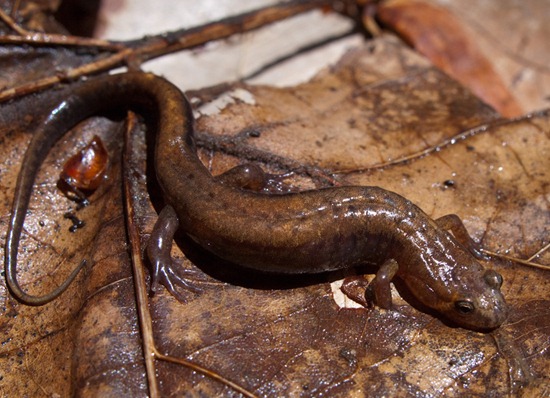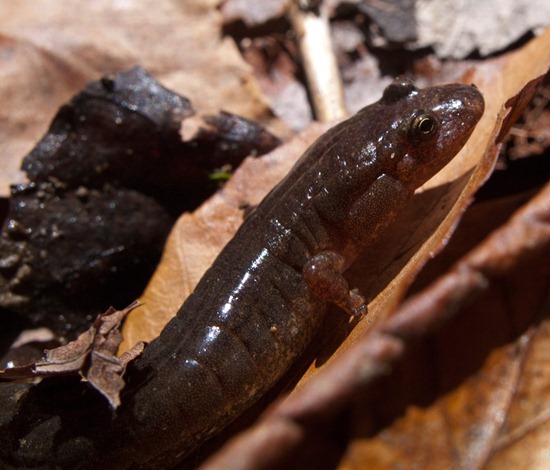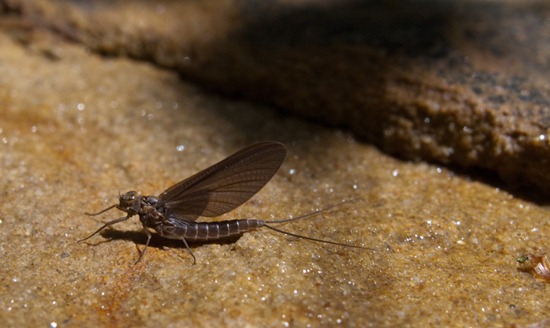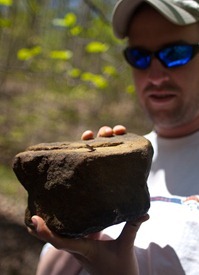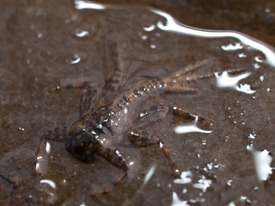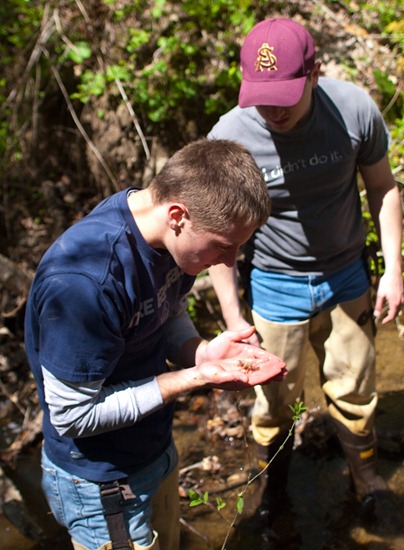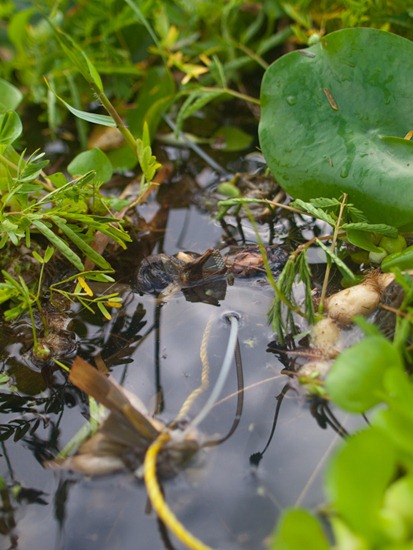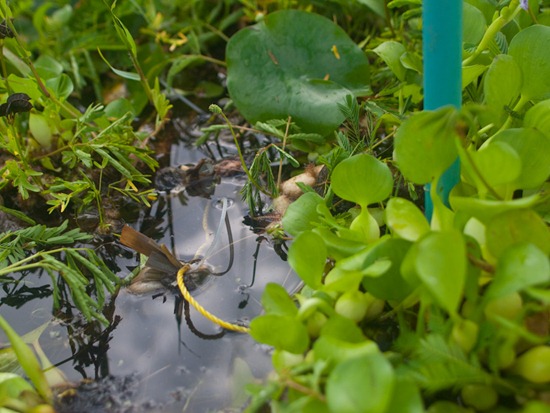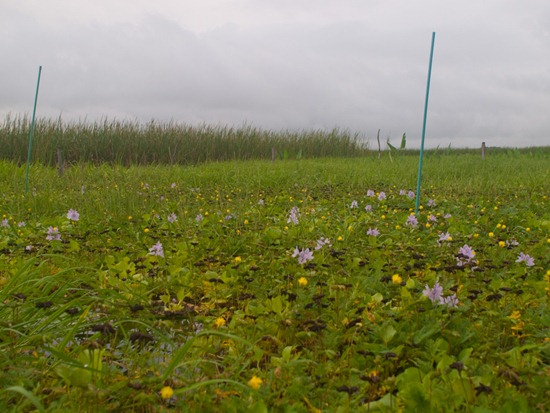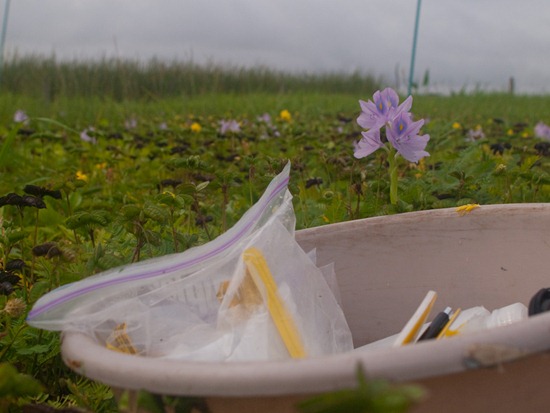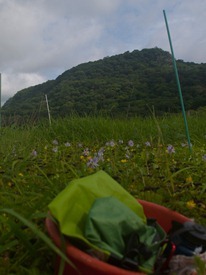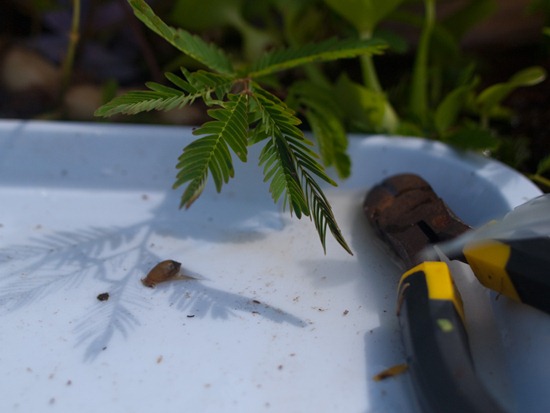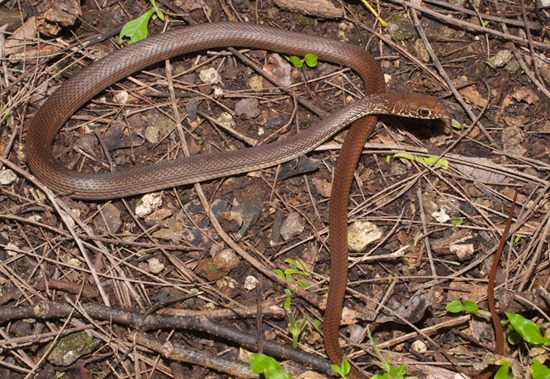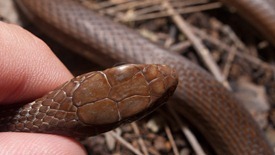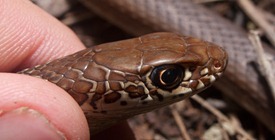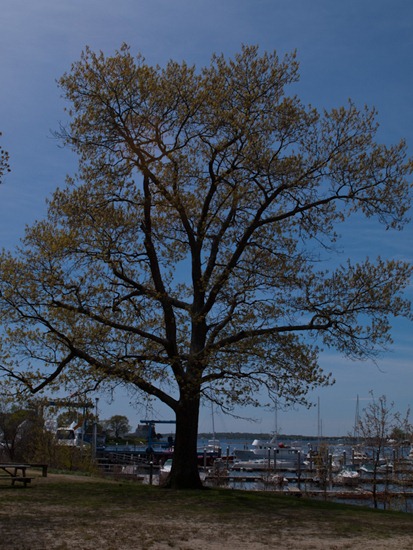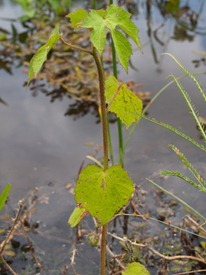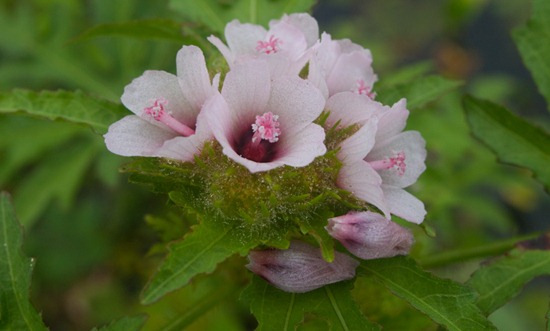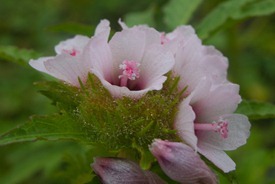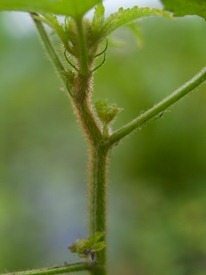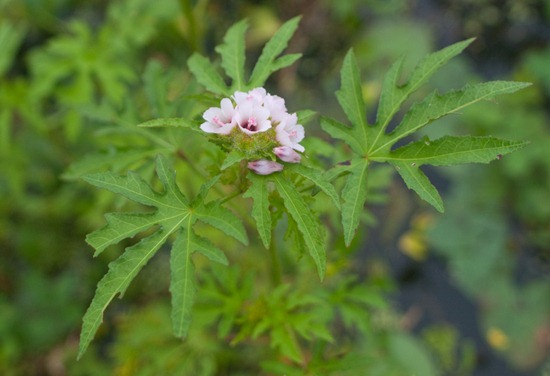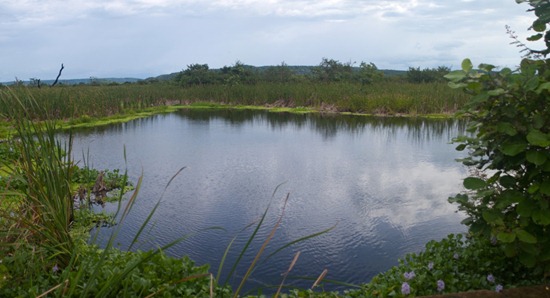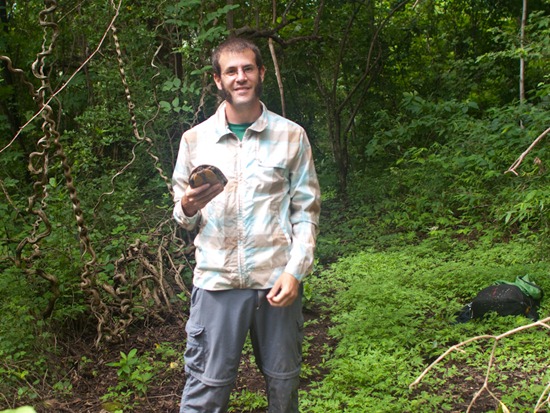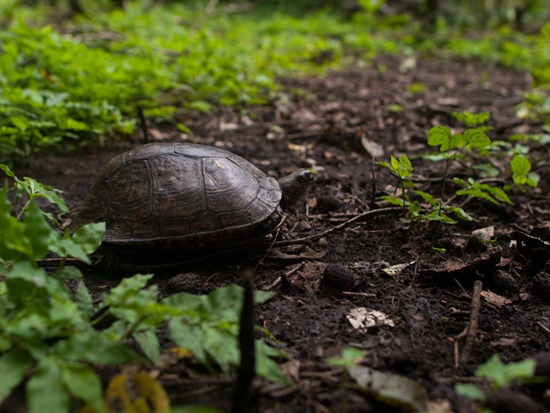Northern Dusky Salamander caught in Triple Springs Creek in West Branch State Park, Ravenna, Ohio.
Clearing the back-log: Vertebrate Zoology
As is likely the case with any photographer, I have discovered a large back-log of photographs that have yet to be processed – they lack names, tags, geographic positions, general descriptions. And, this log has now reached over a year; I have photos from teaching last summer’s Vertebrate Zoology lab and this Spring’s. Since I like to keep this blog as a log of my somewhat recent activities, it’s easy for these photos to pile up if I don’t immediately process and publish them. But the other option might be to delete them… So, in an effort to process some, below are a few photos from a Spring trip to Triple Springs Creek in West Branch State Park. I don’t even remember the student’s names…
We’re just two guys who like well-priced button-downs
More decomposition bundle collection
A few more photographs of the second collection period. It was a cloudy, humid morning, and the colors turned out a bit differently than last time because I know nothing about white balance. Additionally, a whole subset of photo I took where more or less ruined by the humidity – condensation had formed on my lens and made the images fuzzy. I’ve included one of those images though.
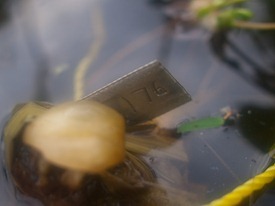 |
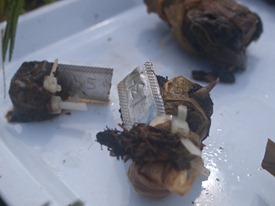 |
Senticolis triasips sub-adult
As stated previously, the juvenile Senticolis triaspis has some wildly different markings than the adult. I doubt this individual is really an adult, since it was just under 50 cm in length, but it has lost its juvenile markings. Real adults probably look more like this.
These snakes are ill-tempered, and very aggressive. While making the catch, it lunged and struck several times at me; consequently, getting a nice photograph of it curled up proved difficult. This is the best I got…
Red Oak in RI
Malachra
This wetland plant took me a while to key out, since I had never seen it’s flowers. Interestingly, I keyed it out using some guess-and-check with Google Image, and the next day I found some with flowers! The first two images are from last year, and the rest are from this year. There is a distinct change in leaf morphology once the plant has established, and to tell the two species apart in this genus, you must examine the relative density and size of the hairs covering the stems.
Morning overlook
Crocodile pond
Rhinoclemmys and me
The only turtle I saw my entire trip was one of the last days in Palo Verde. Here, I hold a Painted Wood Turtle Rhinoclemmys pulcherrima. The family has recently changed from Emydidae to Geomydidae and the species as been split into three distinct species - only R. pulcherrima is represented in Savage, but now Costa Rica supposedly has R. annulata and R. funerea as well. I guess I’m not positive on the identification…

